BMW X1 Years to Avoid and Why (2023)
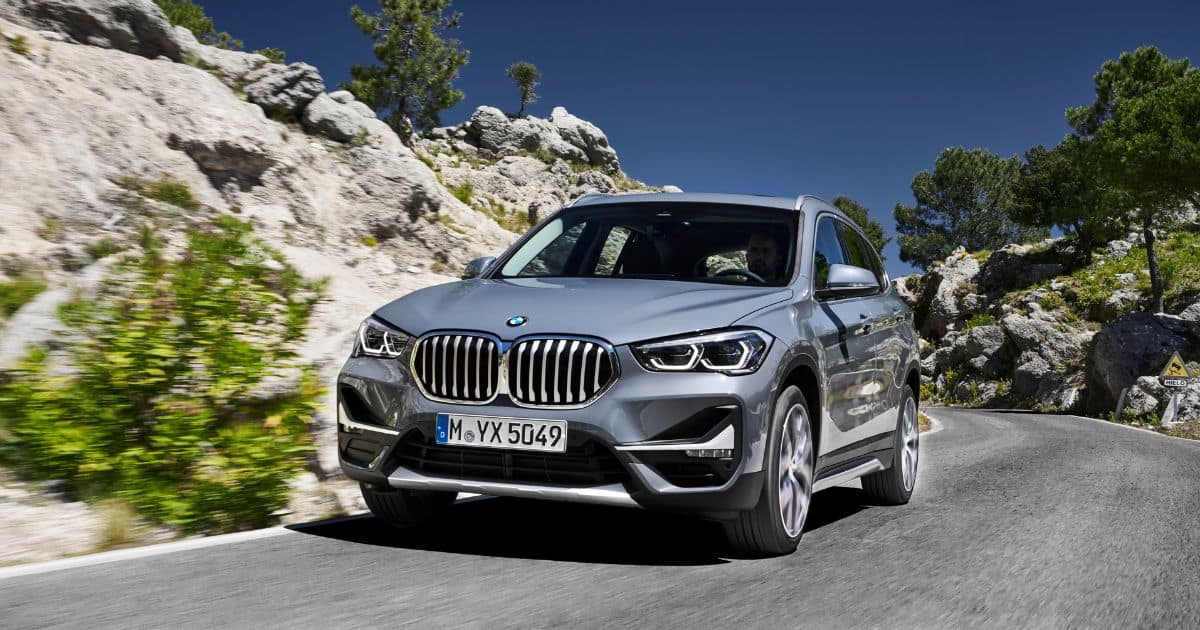
The BMW X1 is a popular compact SUV that has been on the market since 2009. While it has received positive reviews for its performance and handling, there are certain model years that have been plagued with issues. In this article, we will take a closer look at the BMW X1 years to avoid and the reasons behind them.
The BMW X1 model years to avoid are 2012, 2013, 2014, and 2016. The 2013 and 2014 models, in particular, have had issues with their braking systems and steering assists. This ranking is based on data from trusted automotive repair data and consumer feedback.
Be sure to save these popular articles for further BMW research: What Are The Best Years For The BMW X1?, Can BMW X1 Run On Regular Gas: Weighing the Options, BMW Roadside Assistance: Everything You Need to Know, Are BMWs Reliable? A Comprehensive Look at Their Track Record and Which BMW SUV is Most Reliable?
The 2014 model year also faced complaints regarding coolant leaks and bad motor mounts. The 2016 model year has been described as the worst of the worst, with numerous issues reported by owners.
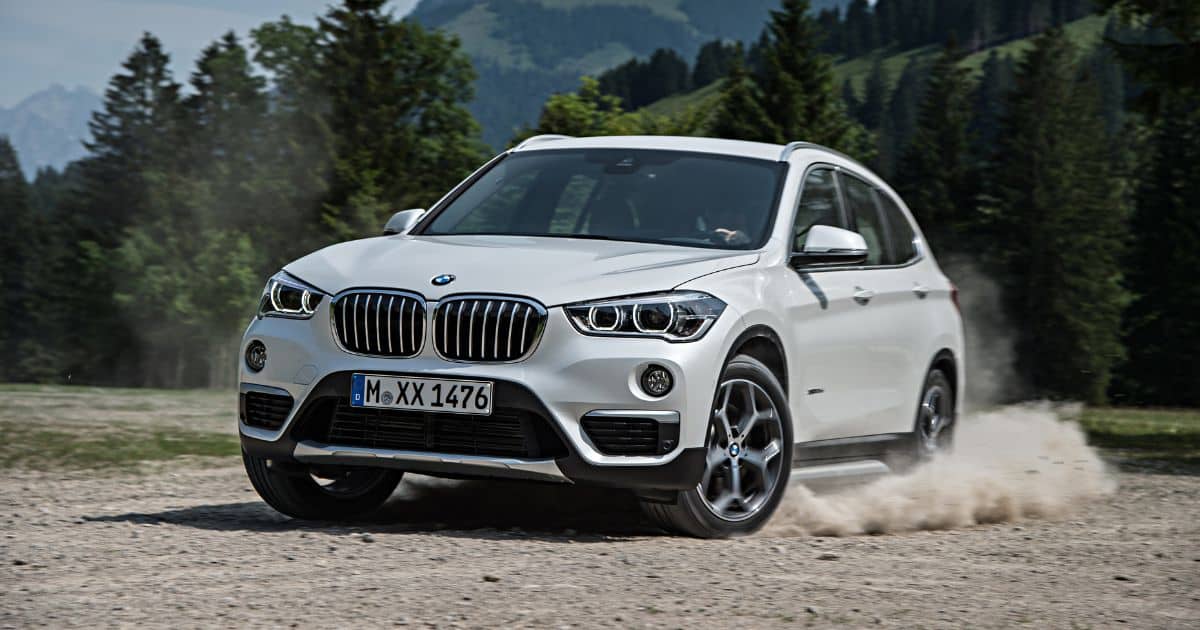
These include problems with the engine, transmission, and electrical system. It’s important to note that not all X1s from these years will have issues, but they are more likely to experience problems than other model years.
If you are considering purchasing a used BMW X1, it’s important to do your research and carefully consider the model year. While newer models may be more expensive, they may also be more reliable and require less maintenance in the long run.
Below is a table summarizing the BMW X1 years to avoid and the main issues associated with each year.
| Model Year | Issues Reported |
|---|---|
| 2012 | N/A |
| 2013 | Braking system and steering assists |
| 2014 | Coolant leaks, bad motor mounts, and steering assists |
| 2016 | Engine, transmission, and electrical system issues |
BMW X1 Overview
Model Years
The BMW X1 is a luxury subcompact SUV that has been in production since 2009. It has gone through two generations, with the first generation being produced from 2009 to 2015 and the second generation from 2016 to the present day.
The first generation of the BMW X1 was generally reliable, while the second generation has had some issues.
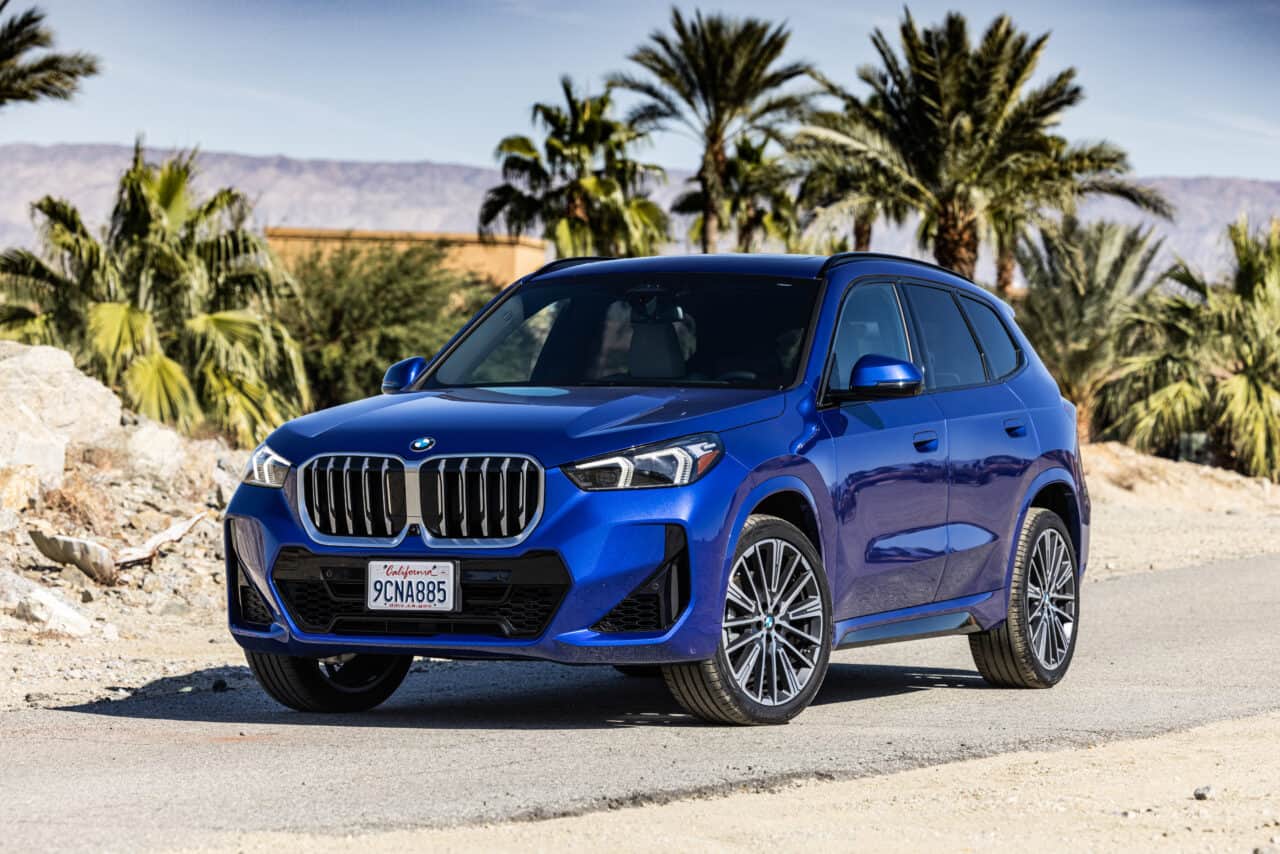
Reliability
The BMW X1 has had a mixed reliability record over the years. While some model years have been reliable, others have had common problems reported by consumers.
According to consumer complaints, the most common problems with the BMW X1 include issues with the braking system, steering assists, and coolant leaks. Some owners have also reported engine problems and rust issues.
When buying a used BMW X1, it is important to inspect the vehicle thoroughly and check its maintenance history. A well-maintained vehicle will likely be more reliable and have fewer issues in the long run.
It is also important to note that the BMW X1 comes with a four-year/50,000-mile warranty, which can provide some peace of mind to owners.
BMW X1 Performance
When it comes to performance, the BMW X1 is a subcompact SUV that offers a smooth and comfortable ride.
However, some model years have been plagued with engine problems that can impact the vehicle’s performance and reliability. Let’s take a closer look at the engine and transmission, horsepower, and torque of the BMW X1.
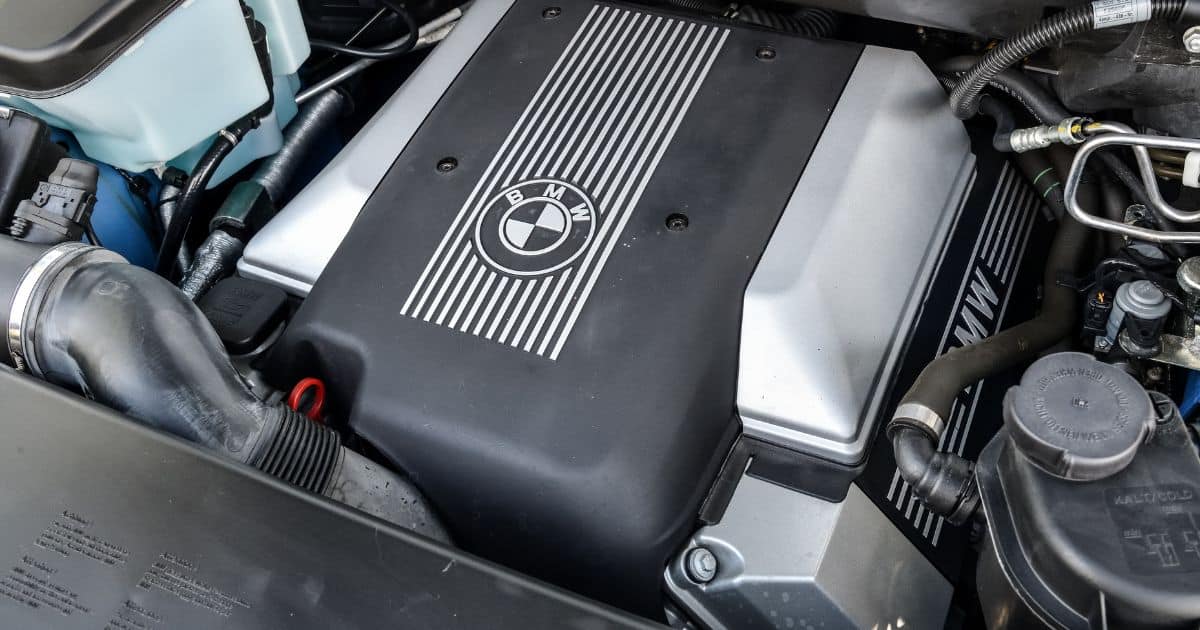
Engine and Transmission
The BMW X1 comes with a 4-cylinder engine that provides adequate power for daily driving. However, some owners have reported engine problems, particularly with the 2013 and 2014 model years.
Complaints include coolant leaks and bad motor mounts, which can cause engine failure if not addressed. It’s important to keep up with regular maintenance and address any issues promptly to ensure the longevity of the engine.
Read More: BMW’s most reliable engines — our full review.
The transmission of the BMW X1 is a smooth-shifting 8-speed automatic that provides a comfortable driving experience. However, some owners have reported transmission problems, particularly with the 2012 model year.
Complaints include rough shifting and transmission failure, which can be costly to repair. It’s important to test drive the vehicle and ensure the transmission is functioning properly before purchasing.
Horsepower and Torque
The BMW X1 offers varying levels of horsepower and torque depending on the model year and engine type. The first-generation E84 X1 models had a 2.0-liter inline-4 engine that produced 240 horsepower and 260 lb-ft of torque.
The second-generation F48 X1 models have a 2.0-liter turbocharged inline-4 engine that produces 228 horsepower and 258 lb-ft of torque.
Here is a table that compares the horsepower and torque of the BMW X1 by model year:
| Model Year | Engine Type | Horsepower | Torque |
|---|---|---|---|
| 2009-2012 | 2.0L I4 | 240 hp | 260 lb-ft |
| 2013-2015 | 2.0L I4 | 240 hp | 260 lb-ft |
| 2016-2019 | 2.0L I4 Turbo | 228 hp | 258 lb-ft |
The BMW X1 offers decent performance and handling for a subcompact SUV.
However, it’s important to keep in mind the potential engine and transmission problems that some owners have reported. Regular maintenance and prompt repairs can help ensure the longevity and reliability of the vehicle.
BMW X1 Interior
The BMW X1 is a luxurious SUV that offers an impressive interior with high-quality materials and advanced features. In this section, we will take a closer look at the cabin features and cargo space of the BMW X1.
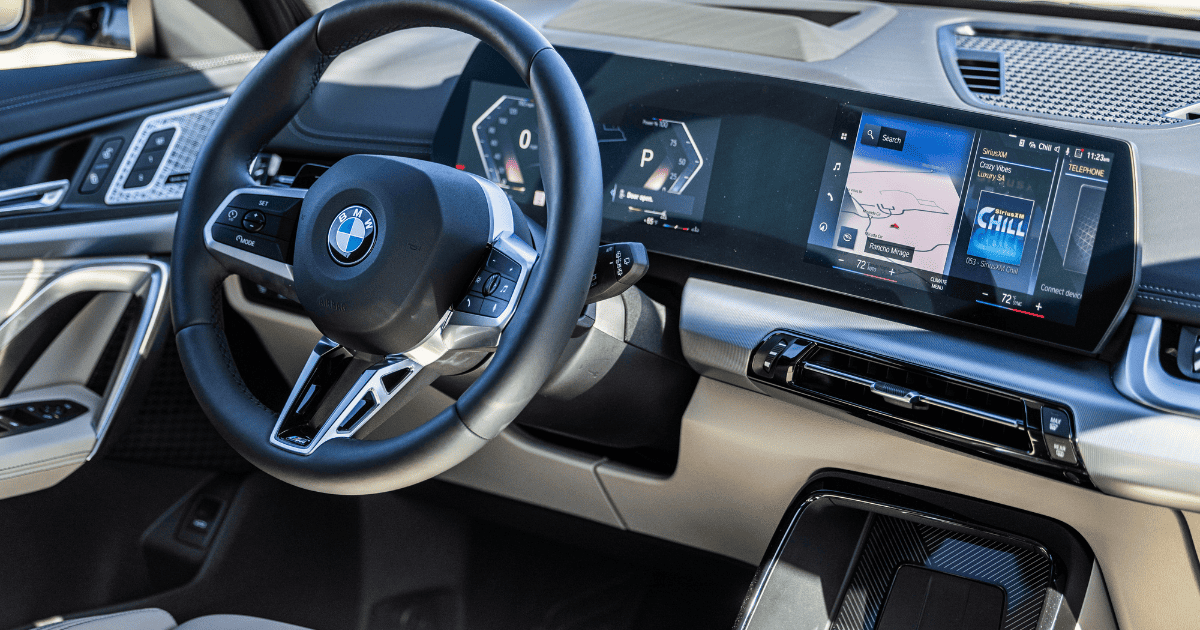
Cabin Features
The BMW X1 has a spacious and comfortable cabin that can accommodate up to five passengers.
The seats are well-padded and supportive, providing a comfortable ride even on long journeys. The front seats are power-adjustable and heated, while the rear seats can be folded down to increase cargo space.
The X1 also comes with a range of features that enhance the driving experience. The dual-zone automatic climate control system ensures that the cabin stays at a comfortable temperature, regardless of the weather outside.
The infotainment system is intuitive and user-friendly, with a large touchscreen display and easy-to-use controls.
Cargo Space
The BMW X1 has a generous cargo space that can hold up to 27.1 cubic feet of luggage with the rear seats up, and up to 58.7 cubic feet with the rear seats folded down. This makes it one of the most spacious vehicles in its class.
The well-designed cargo area has a low-load floor and a wide opening, making loading and unloading large items easy. The rear seats can be folded down in a 40/20/40 split configuration, allowing for greater flexibility in cargo storage.
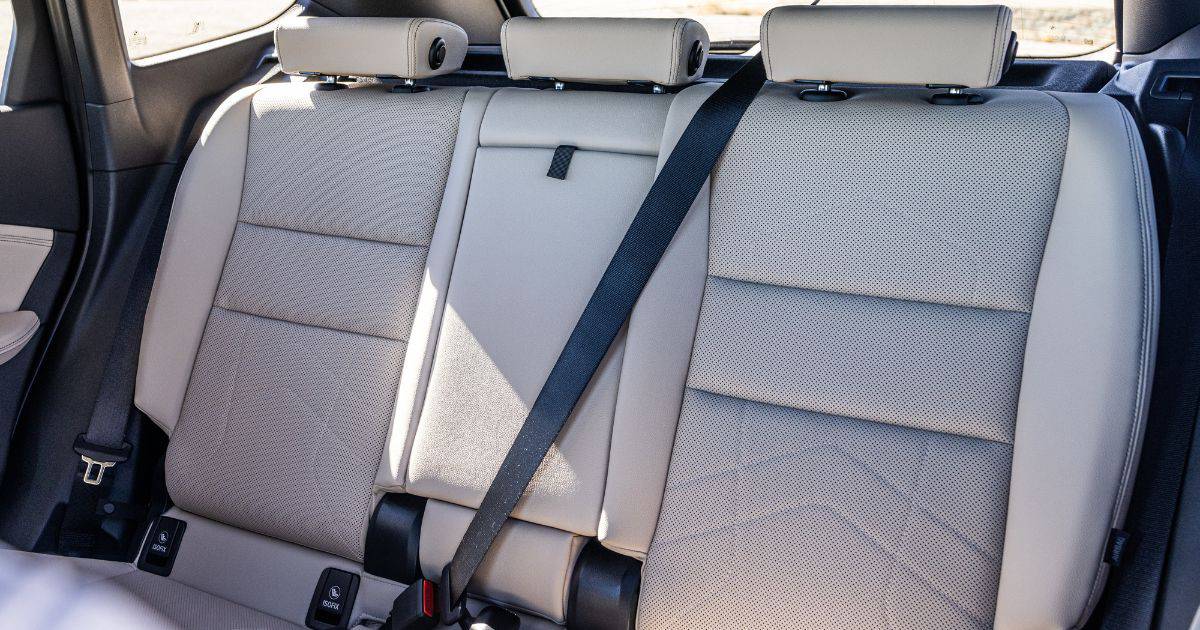
To give you a better idea of the cargo space, here is a table that compares the cargo space of the BMW X1 with some of its competitors:
| Model | Cargo Space (Seats Up) | Cargo Space (Seats Down) |
|---|---|---|
| BMW X1 | 27.1 cubic feet | 58.7 cubic feet |
| Audi Q3 | 23.7 cubic feet | 48.0 cubic feet |
| Mercedes-Benz GLA | 17.2 cubic feet | 43.6 cubic feet |
As you can see, the BMW X1 offers significantly more cargo space than its competitors, making it a great choice for families or anyone who needs to transport large items.
Overall, the BMW X1 has an impressive interior that offers a great balance of comfort, convenience, and practicality. Whether you’re commuting to work or going on a road trip, the X1’s cabin features and cargo space make it a great choice for any journey.
BMW X1 Exterior
When it comes to the BMW X1, the exterior is one of the most important aspects to consider. In this section, we will take a closer look at the paint job, damage, and rust that you should be aware of.
Paint Job
The paint job on the BMW X1 is generally of high quality. However, there have been reports of paint peeling off on some models, particularly on the 2014 X1. This is often due to improper front bumper mounting, which can cause the paint to chip or peel off over time.
If you notice any issues with the paint on your BMW X1, it is important to address them as soon as possible. This will help prevent further damage and ensure your vehicle looks great for years.
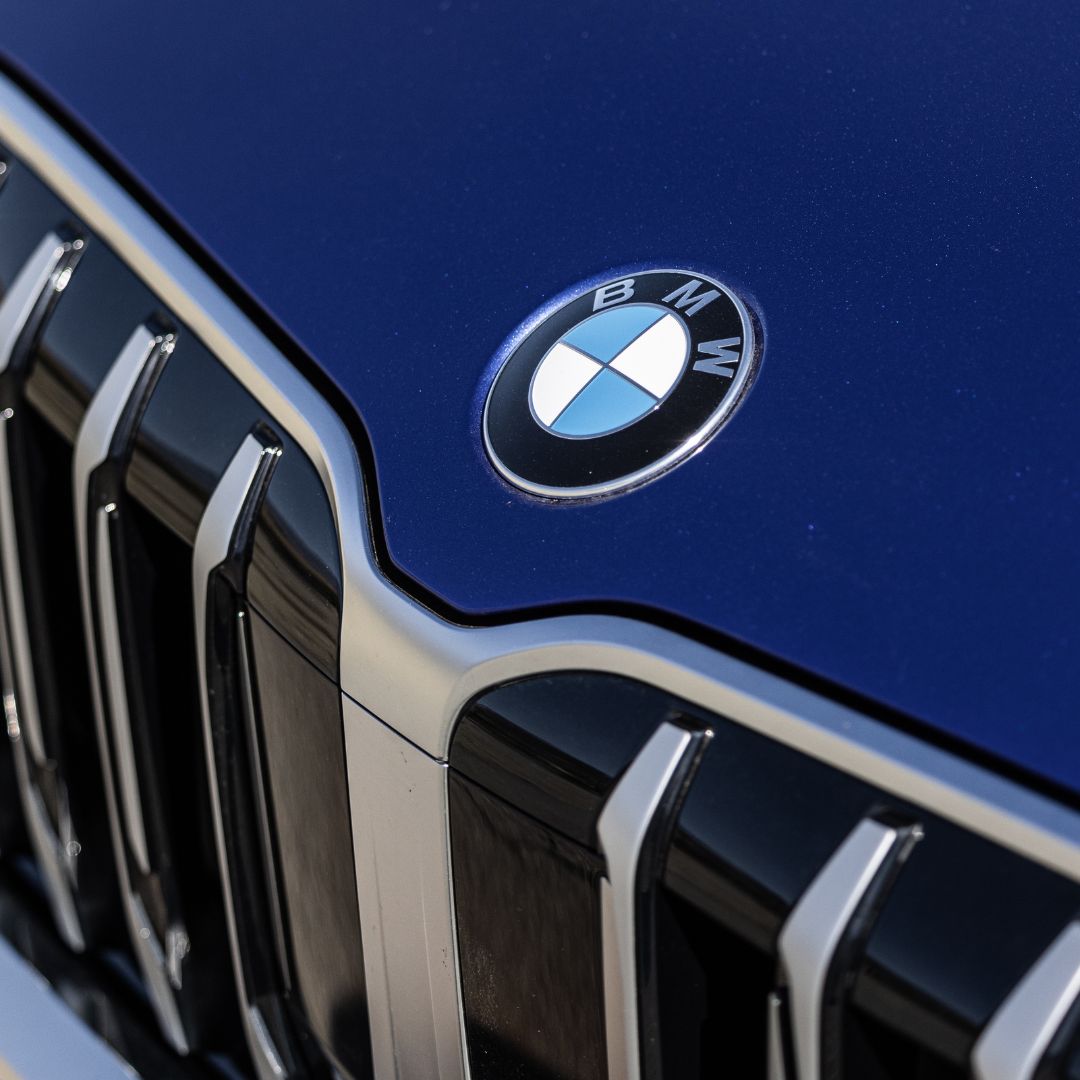
Damage
The BMW X1 is a sturdy and reliable vehicle but is not immune to damage. If your vehicle has been in an accident or has suffered any other type of damage, it is important to have it repaired as soon as possible.
Damage to the exterior of your BMW X1 can cause a variety of issues, including decreased fuel efficiency and poor handling. Additionally, damage can lead to rust and other issues if left untreated.
Rust
Rust is a common problem with many vehicles, and the BMW X1 is no exception. Over time, exposure to moisture and other environmental factors can cause rust to develop on the exterior of your vehicle.
If you notice any signs of rust on your BMW X1, it is important to address the issue as soon as possible. This will help prevent further damage and ensure that your vehicle remains in good condition.
The BMW X1 is a great vehicle with a high-quality exterior. However, it is important to be aware of potential issues with the paint job, damage, and rust. By addressing these issues promptly, you can ensure that your vehicle remains in great condition for years to come.
| Pros | Cons |
|---|---|
| High-quality paint job | Potential for paint peeling off |
| Sturdy and reliable exterior | Damage can lead to rust |
| Great handling | Rust can develop over time |
BMW X1 Maintenance
Maintenance History
The BMW X1 has been in production since 2009, and the initial model years were quite good. However, problems started with the 2013 model year, and the main issues that troubled the 2013 and 2014 models were the braking system problems and steering assists issues.
The 2014 model year faced a lot of complaints regarding coolant leaks and bad motor mounts.
Common Problems
One of the most common problems with the BMW X1 is oil leaks. These leaks can occur in the valve cover gasket, oil filter housing gasket, and oil pan gasket. Having these gaskets checked and replaced as needed during routine maintenance is recommended.
Another common issue with the BMW X1 is the fuel pump. The fuel pump can fail and cause the engine to stall or not start at all. It is recommended to have the fuel pump checked during routine maintenance.
Coolant leaks are also a common problem with the BMW X1. The coolant system can develop leaks in the radiator, hoses, and water pump. It is recommended to have the coolant system checked during routine maintenance.
The AC system in the BMW X1 can also be problematic. The AC compressor can fail, causing the AC system to stop working. It is recommended to have the AC system checked during routine maintenance.
Finally, the brake pads on the BMW X1 can wear out quickly. Having the brake pads checked and replaced as needed during routine maintenance is recommended.
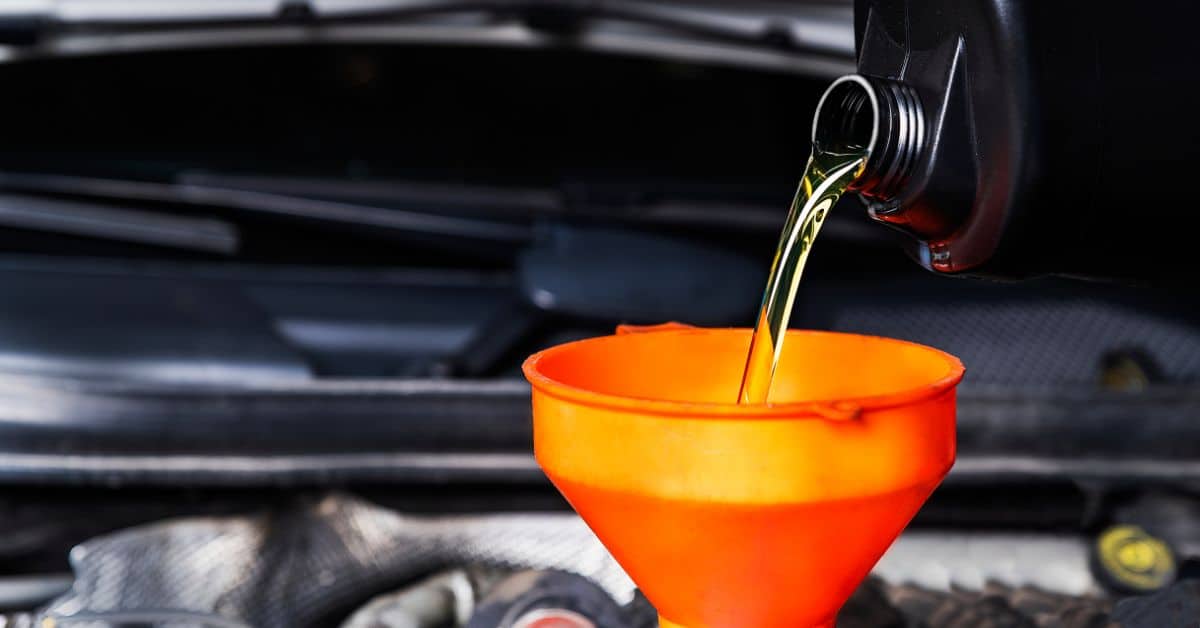
Here is a table summarizing the common problems with the BMW X1:
| Common Problems |
|---|
| Oil leaks |
| Fuel pump |
| Coolant leaks |
| AC system |
| Brake pads |
Overall, proper maintenance of the BMW X1 is crucial to avoid these common problems. Following the manufacturer’s recommended maintenance schedule and having the vehicle inspected regularly by a qualified mechanic is recommended.
BMW X1 Warranty and Repairs
Warranty Coverage
New BMW X1 models come with a standard warranty that lasts for up to four years or 50,000 miles. This warranty covers repairs needed due to defects in materials or workmanship.
It also includes roadside assistance and BMW Ultimate Care, which covers scheduled maintenance for the first three years or 36,000 miles, whichever comes first.
If you’re considering buying a used BMW X1, you may be able to take advantage of the BMW Certified Pre-Owned (CPO) program.
This program offers an additional one-year/unlimited-mileage warranty after the original warranty expires. CPO vehicles also undergo a rigorous inspection process and come with a vehicle history report.
Repair Costs
According to RepairPal, BMW X1 owners can expect to pay an average of $846 per year for repairs and maintenance. This is higher than the average for luxury compact SUVs, which is $734 per year.
Common repairs for the BMW X1 include issues with the engine, cooling system, and electrical system. The cost of these repairs can vary widely depending on the severity of the problem and whether you take your vehicle to a dealership or an independent mechanic.

Here’s a breakdown of some common repair costs for the BMW X1:
| Repair | Cost |
|---|---|
| Engine oil and filter change | $121 – $144 |
| Brake pad replacement | $347 – $736 |
| Water pump replacement | $1,068 – $1,356 |
| Alternator replacement | $1,013 – $1,244 |
It’s worth noting that the BMW X1 has a higher-than-average likelihood of needing major repairs, according to CarEdge. This means that you may want to consider purchasing an extended warranty or a CPO vehicle to help mitigate the cost of unexpected repairs.
Overall, while the BMW X1 comes with a standard warranty and BMW Ultimate Care, the cost of repairs and maintenance can be higher than average.
It’s important to budget accordingly and consider purchasing additional coverage if you’re concerned about unexpected repair costs.
BMW X1 vs Competitors
When it comes to luxury compact SUVs, the BMW X1 is a popular choice. However, comparing it to its competitors is important to make an informed decision.
Here’s how the BMW X1 stacks up against some of its rivals:
Audi Q3
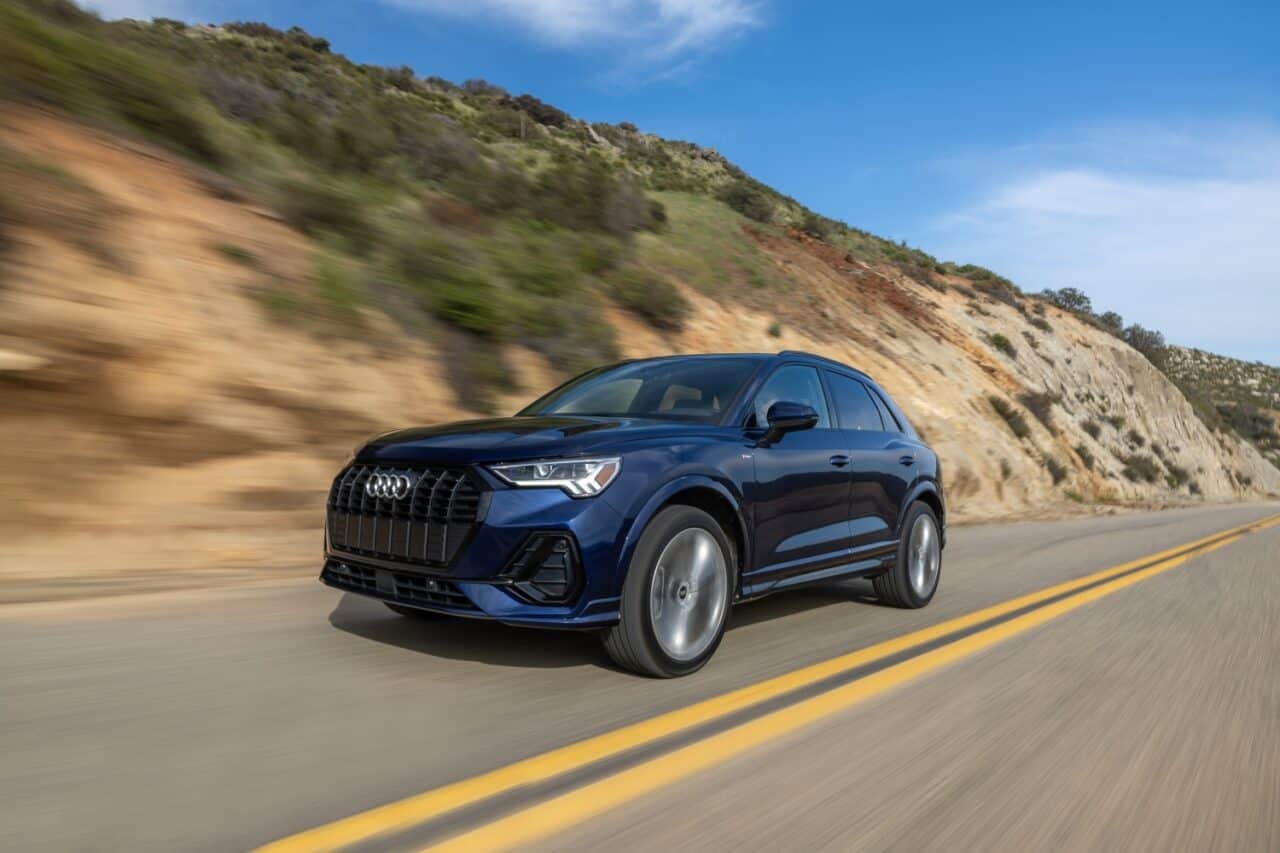
The Audi Q3 is a luxury compact crossover that offers a smooth ride and a well-crafted interior. However, it falls short in cargo space and fuel efficiency compared to the BMW X1.
| BMW X1 | Audi Q3 |
|---|---|
| 27 MPG | 23 MPG |
| 58.7 cubic feet | 48.0 cubic feet |
Volvo XC40
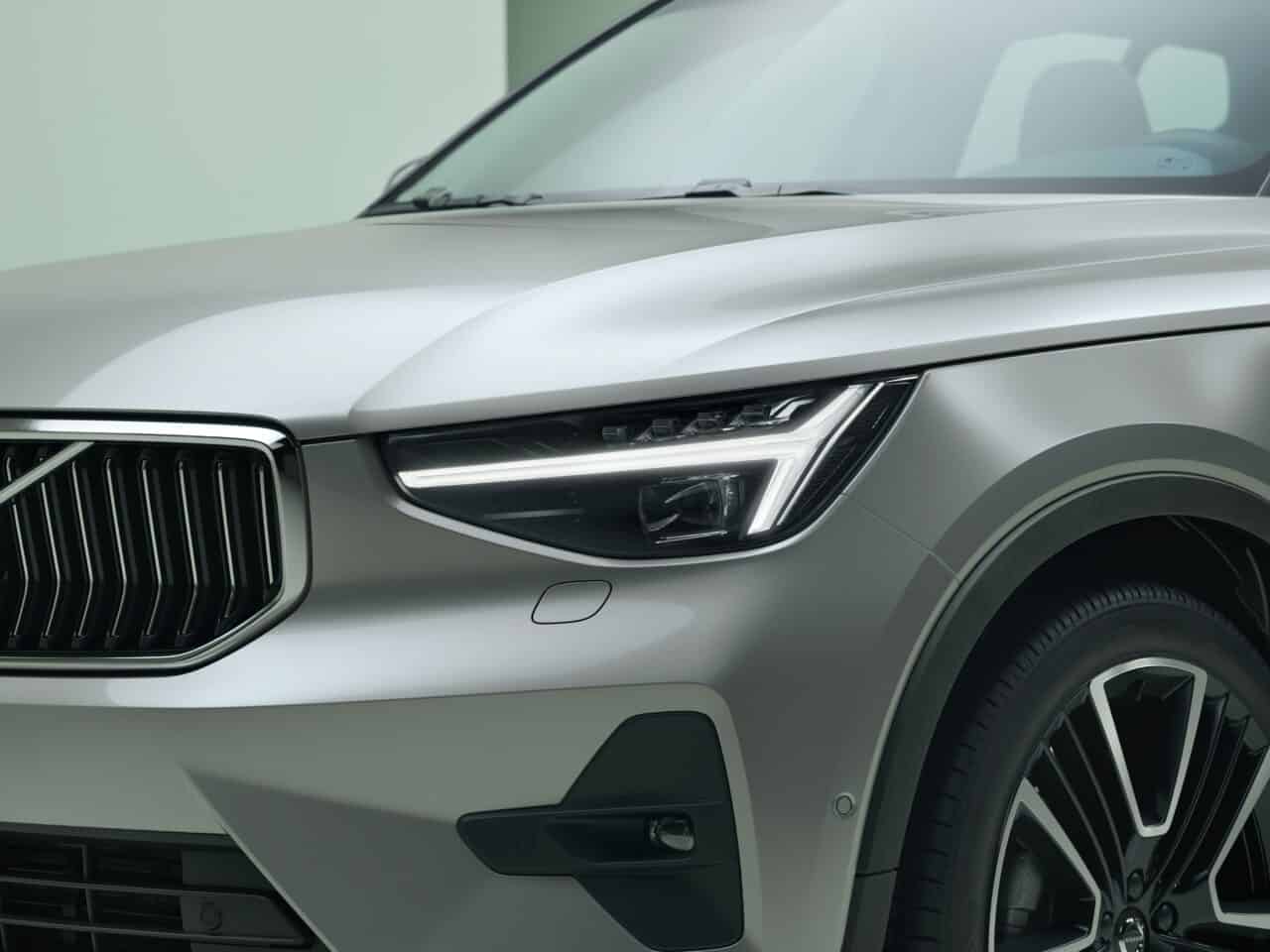
The Volvo XC40 is a luxury compact SUV that boasts a spacious and stylish interior. However, it lacks the athleticism and driving dynamics of the BMW X1.
| BMW X1 | Volvo XC40 |
|---|---|
| 228 horsepower | 187 horsepower |
| 0-60 mph in 6.3 seconds | 0-60 mph in 7.5 seconds |
Acura RDX
The Acura RDX is a luxury SUV that offers a comfortable ride and a spacious interior. However, it falls short in fuel efficiency and cargo space compared to the BMW X1.
| BMW X1 | Acura RDX |
|---|---|
| 27 MPG | 24 MPG |
| 58.7 cubic feet | 58.9 cubic feet |
Lexus NX200t
The Lexus NX200t is a luxury compact SUV that offers a comfortable ride and a well-crafted interior. However, it lacks the driving dynamics and fuel efficiency of the BMW X1.
| BMW X1 | Lexus NX200t |
|---|---|
| 27 MPG | 24 MPG |
| 58.7 cubic feet | 54.6 cubic feet |
Volvo XC60
The Volvo XC60 is a luxury crossover SUV that offers a comfortable ride and a spacious interior. However, it falls short in fuel efficiency and driving dynamics compared to the BMW X1.
| BMW X1 | Volvo XC60 |
|---|---|
| 27 MPG | 23 MPG |
| 58.7 cubic feet | 63.3 cubic feet |
Read More: Explore the XC40 vs the XC60 Volvo SUV.
Mercedes-Benz GLK350
The Mercedes-Benz GLK350 is a luxury compact SUV that offers a comfortable ride and a well-crafted interior. However, it lacks the driving dynamics and fuel efficiency of the BMW X1.
| BMW X1 | Mercedes-Benz GLK350 |
|---|---|
| 27 MPG | 21 MPG |
| 58.7 cubic feet | 54.7 cubic feet |
Read More: BMW vs Mercedes!
Lincoln MKC
The Lincoln MKC is a luxury compact SUV that offers a comfortable ride and a spacious interior. However, it falls short in terms of fuel efficiency and driving dynamics when compared to the BMW X1.
| BMW X1 | Lincoln MKC |
|---|---|
| 27 MPG | 23 MPG |
| 58.7 cubic feet | 53.1 cubic feet |
Land Rover Range Rover Evoque
The Land Rover Range Rover Evoque is a luxury compact SUV that offers a stylish exterior and a well-crafted interior. However, it lacks the fuel efficiency and driving dynamics of the BMW X1.
| BMW X1 | Land Rover Range Rover Evoque |
|---|---|
| 27 MPG | 23 MPG |
| 58.7 cubic feet | 48.8 cubic feet |
Land Rover LR2
The Land Rover LR2 is a luxury compact SUV that offers a comfortable ride and a well-crafted interior. However, it falls short in fuel efficiency and driving dynamics compared to the BMW X1.
| BMW X1 | Land Rover LR2 |
|---|---|
| 27 MPG | 20 MPG |
| 58.7 cubic feet | 58.9 cubic feet |
Porsche Macan

The Porsche Macan is a luxury compact SUV that offers athletic handling and a well-crafted interior. However, it falls short in fuel efficiency and cargo space compared to the BMW X1.
| BMW X1 | Porsche Macan |
|---|---|
| 27 MPG | 23 MPG |
| 58.7 cubic feet | 52.9 cubic feet |
Mercedes-Benz GLA Class
The Mercedes-Benz GLA Class is a luxury compact SUV that offers athletic handling and a well-crafted interior. However, it lacks the fuel efficiency and cargo space of the BMW X1.
| BMW X1 | Mercedes-Benz GLA Class |
|---|---|
| 27 MPG | 26 MPG |
| 58.7 cubic feet | 43.6 cubic feet |
Best BMW X1 Years to Buy
If you’re in the market for a BMW X1, it’s important to know which BMW X1 years are the best to buy. Here are the top three years to consider:
2018 BMW X1
The 2018 BMW X1 is a great choice for those looking for a luxury subcompact SUV. It comes with a 2.0L turbocharged four-cylinder engine that delivers 228 horsepower and 258 lb-ft of torque. This model also has a spacious interior and a user-friendly infotainment system.
| Pros | Cons |
|---|---|
| Good fuel economy | Limited cargo space |
| Athletic handling | No Apple CarPlay until 2019 |
| Spacious interior | No Android Auto |
2019 BMW X1
The 2019 BMW X1 is another excellent option. It has the same engine as the 2018 model, but with a few added features, including standard Apple CarPlay and a larger touch screen. This model also has a comfortable ride and good fuel economy.
| Pros | Cons |
|---|---|
| Standard Apple CarPlay | No Android Auto |
| Spacious interior | Limited cargo space |
| Good fuel economy | Some competitors have more engaging driving dynamics |
2020 BMW X1
The 2020 BMW X1 is the most recent reliable model year available. It has the same engine as the previous two years, but with minor updates, including standard lane departure and forward collision warnings. It also has a comfortable ride and a user-friendly infotainment system.
| Pros | Cons |
|---|---|
| Standard driver assistance features | Limited cargo space |
| User-friendly infotainment system | Some competitors have more engaging driving dynamics |
| Spacious interior | No Android Auto |
Differences
There are a few key differences to note when comparing these three model years. The 2018 BMW X1 has the lowest starting price of the three, but it doesn’t come with standard Apple CarPlay.
The 2019 BMW X1 has the added benefit of standard Apple CarPlay, but it’s slightly more expensive than the 2018 model. The 2020 BMW X1 has the most standard driver assistance features but is also the most expensive of the three.
Overall, the 2018, 2019, and 2020 BMW X1 models are all great options to consider. It’s important to weigh the pros and cons of each model year and decide which features are most important to you.
FAQ
Is BMW X1 good to buy used?
Absolutely, buying a used BMW X1 can be a great deal. As with all used cars, it’s important to get a full history and consider having a trusted mechanic do an inspection. I’ve found that well-maintained X1 models can be a real value in the used market.
How many miles will BMW X1 last?
If you keep up with regular maintenance and treat her right, a BMW X1 can easily reach up to 200,000 miles or more. Remember, folks, longevity always comes down to how well you maintain and drive your car.
What is the disadvantage of BMW X1?
No car is perfect, and the BMW X1 is no exception. Some owners report less interior space compared to other SUVs, and some feel the ride could be more comfortable. It’s also worth noting that BMW parts and maintenance can be pricier than other brands.
Is BMW X1 hard to maintain?
Well, as an owner of various vehicles, I can tell you that maintenance really depends on your perspective. If you’re used to maintaining a luxury vehicle, you’ll find the BMW X1 quite standard. However, compared to lower-end brands, the cost and complexity can be a bit higher.
Does BMW X1 need premium gas?
Yes, BMW recommends using premium fuel for the X1. I’ve always found that higher performance vehicles run smoother and last longer with high-octane fuel. So, while it’s a little pricier at the pump, it could save you in the long run.
Is BMW X1 a fast car?
Compared to other SUVs, the BMW X1 is definitely on the quick side. The X1 goes from 0-60 mph in about 6.6 seconds. While it’s not a sports car, it’s got more than enough zip for merging onto highways and overtaking.
What is good about BMW X1?
There’s plenty to love about the X1! It offers robust performance, sleek design, and it’s packed with modern features. Plus, its compact size makes it perfect for city driving while still offering the advantages of an SUV.
Is a BMW X1 good for road trips?
From my experience, the BMW X1 is a fantastic road trip car. Its cargo space is adequate for luggage, and it offers smooth performance. Plus, its high-quality interior makes long drives comfortable. Just make sure to plan for fuel, as it does require premium gas!
So there you have it, friends! Remember, the BMW X1, like any car, comes with its own pros and cons. But if you ask me, it’s a solid choice for an SUV. Safe travels and happy driving!
